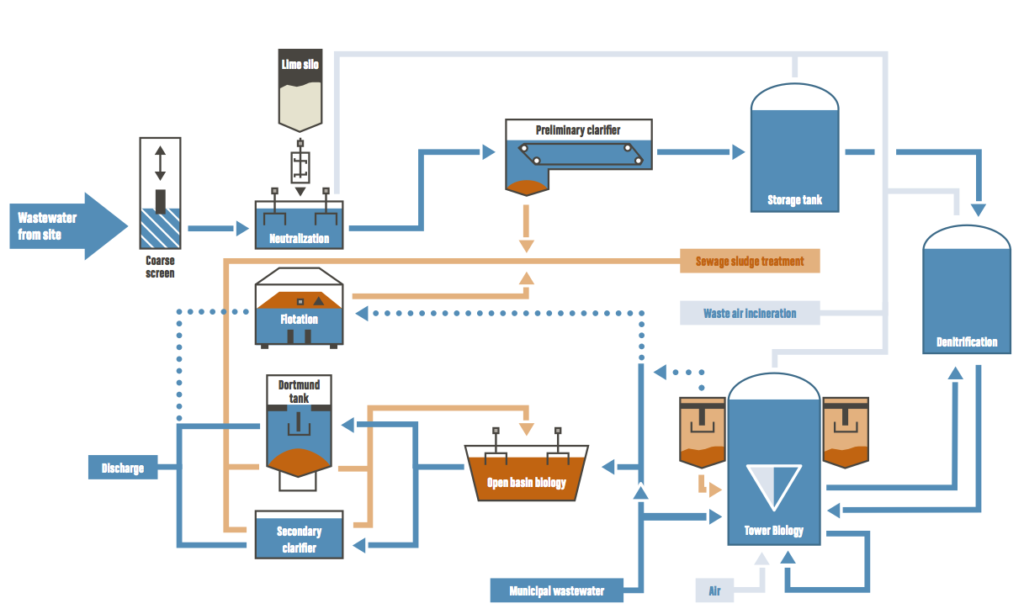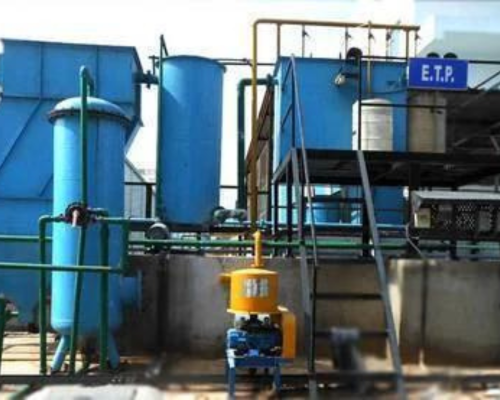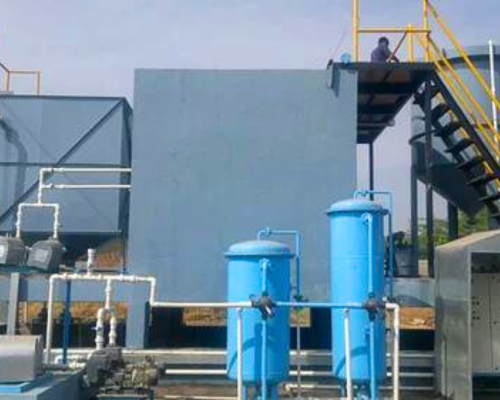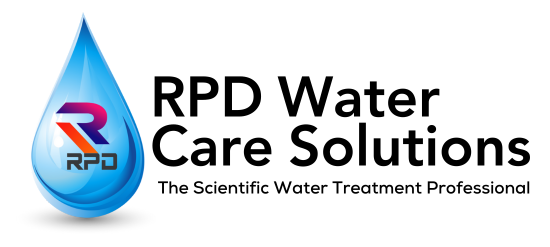Industrial Effluent Treatment Plant: Managing and Treating Wastewater
Industrial effluent treatment is a crucial process that involves managing and treating wastewater generated by various industrial processes to ensure that it meets environmental standards before being discharged into the environment. This process is essential for minimizing the negative impact of industrial activities on water bodies, ecosystems, and public health. An effective industrial effluent treatment plan involves several stages to remove pollutants and contaminants from the wastewater before it is safely released or reused.
Quality Services
Stringent quality control measures at every step, ensuring only the best products and services are delivered to our clients.
Expertise
Highly skilled and knowledgeable team of professionals who use the latest technology and techniques for water treatment.
Support
Dedicated customer support team providing timely and efficient after-sales service, ensuring complete customer satisfaction.
Plant Process:-

1. Collection and Segregation: The first step in an industrial effluent treatment plan is to collect and segregate different types of wastewater streams generated by various industrial processes. This is important because different processes produce different types and concentrations of pollutants. By segregating the wastewater streams, the treatment process can be tailored to address specific contaminants effectively.
2. Preliminary Treatment: During the preliminary treatment stage, large solid particles and debris are removed from the wastewater using screens, grit chambers, and sedimentation tanks. This prevents clogs in downstream equipment and facilitates more efficient treatment processes.
3. Primary Treatment: In the primary treatment stage, the wastewater undergoes sedimentation and flotation processes to further remove suspended solids and settleable particles. This reduces the organic load and pollutants in the wastewater.
4. Secondary Treatment: Secondary treatment is designed to remove dissolved and colloidal organic matter. It involves biological processes such as activated sludge treatment, trickling filters, or rotating biological contactors. Microorganisms break down organic pollutants, converting them into biomass and gases like carbon dioxide. This stage significantly reduces the biological oxygen demand (BOD) and chemical oxygen demand (COD) of the wastewater.
5. Tertiary Treatment: Tertiary treatment is an additional step that further polishes the effluent before discharge or reuse. This stage involves advanced treatment methods such as filtration, chemical coagulation, adsorption, and advanced oxidation processes to remove remaining contaminants like nutrients (nitrogen and phosphorus), trace metals, and fine suspended solids.
6. Disinfection: After tertiary treatment, the effluent may undergo disinfection to eliminate harmful pathogens before release. Common disinfection methods include chlorination, UV irradiation, and ozone treatment.
7. Sludge Management: Throughout the treatment process, sludge is generated as a byproduct. Sludge contains residual organic matter and contaminants. It is treated separately through processes like thickening, dewatering, and stabilization before either being disposed of or used for beneficial purposes, such as agricultural fertilization or energy generation.
8. Monitoring and Compliance: Throughout the treatment process, effluent quality is continuously monitored to ensure that it meets local and national regulatory standards. Compliance with discharge limits for various pollutants is a critical aspect of the industrial effluent treatment plan.
Conclusion: An effective industrial effluent treatment plan is essential for ensuring that industrial wastewater is treated to meet environmental standards and prevent pollution of water bodies and ecosystems. By implementing a comprehensive treatment process that includes collection, segregation, preliminary, primary, secondary, and tertiary treatment stages, industries can significantly reduce their environmental impact and contribute to sustainable water management practices.


